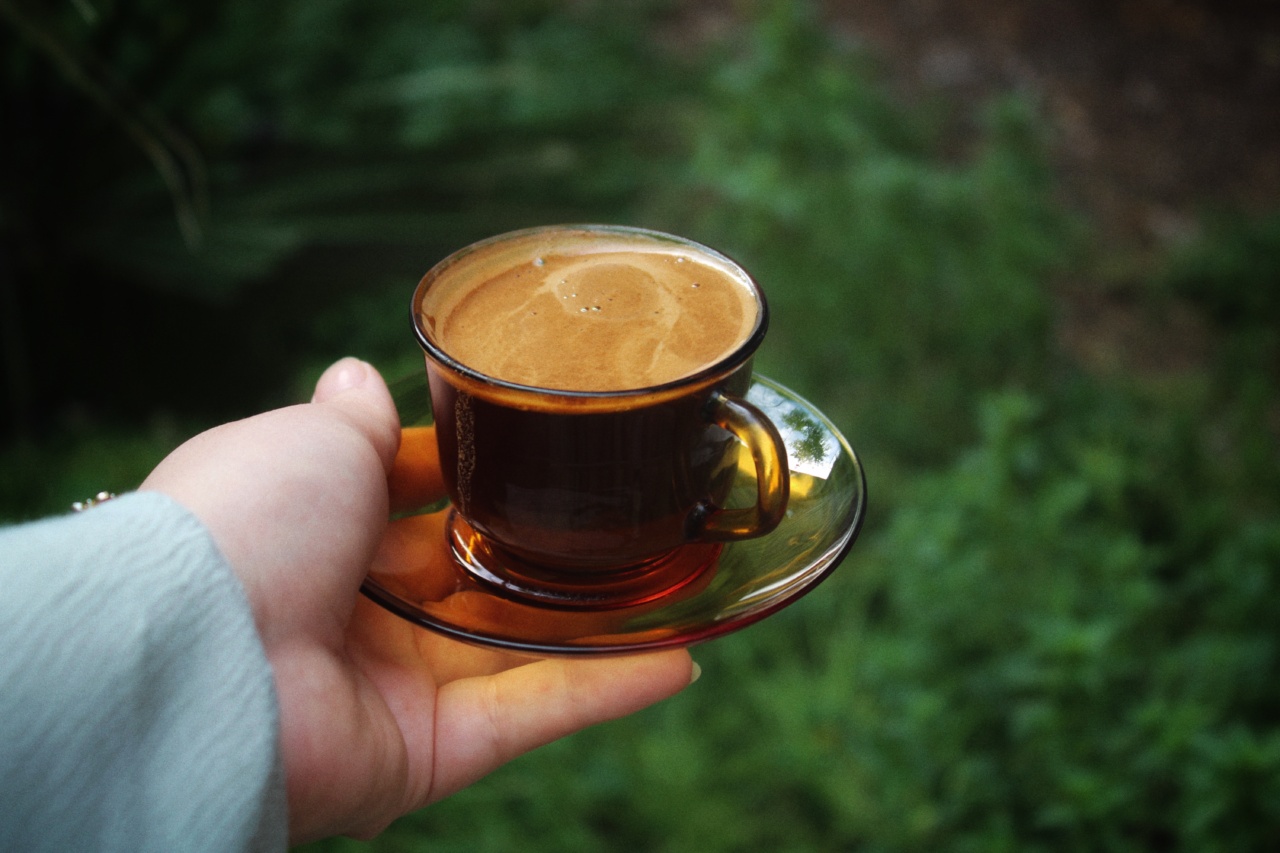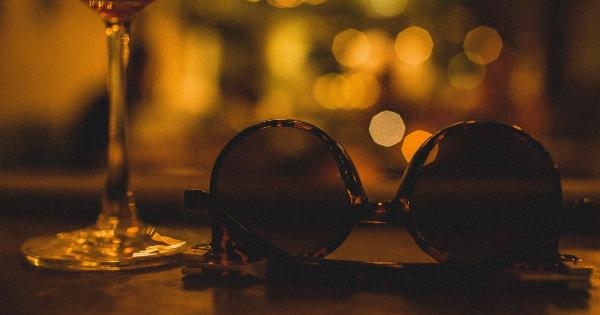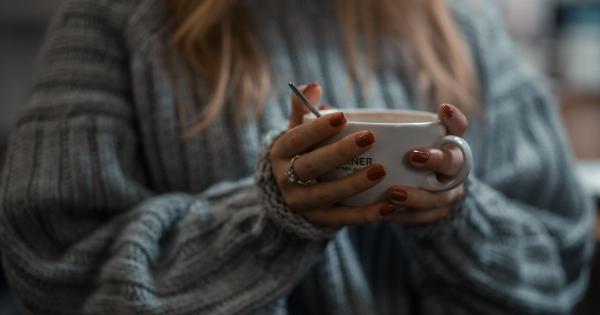Many of us rely on caffeine to kickstart our day, keep us awake during a late-night study session, or provide that much-needed energy boost in the afternoon slump. However, one common side effect of consuming caffeine is an increased urge to pee.
But why does caffeine have this effect on our bodies? In this article, we will delve into the science behind caffeine’s influence on our bladder and explore ways to manage the urge to pee while still enjoying our favorite caffeinated beverages.
Understanding Caffeine and Its Effects
Caffeine is a naturally occurring stimulant found in various food and beverages, including coffee, tea, energy drinks, and chocolate.
It acts as a central nervous system stimulant, blocking the actions of adenosine, a neurotransmitter that promotes sleep and relaxation. By doing so, caffeine enhances wakefulness, improves concentration, and provides an energy boost.
When we consume caffeine, it enters our bloodstream and is distributed throughout our body, including the brain. Its effects typically start within 15 minutes to an hour and generally last for a few hours.
However, caffeine’s impact on our bodies extends beyond increased alertness. It is also a diuretic.
Caffeine as a Diuretic
A diuretic is any substance that increases urine production and promotes the excretion of fluids from the body. Caffeine falls into this category, meaning it can stimulate the kidneys to produce more urine.
This diuretic effect is responsible for the increased need to pee after consuming caffeinated beverages.
Research suggests that the diuretic effect of caffeine may vary depending on an individual’s regular caffeine consumption.
Habitual caffeine consumers tend to develop a tolerance to its diuretic properties, meaning they experience less of an increase in urine production compared to occasional consumers or those who are not accustomed to caffeine.
How Does Caffeine Affect the Bladder?
While caffeine’s diuretic effect is primarily due to its impact on kidney function, it can also directly affect the bladder. The bladder is a muscular organ responsible for storing urine until it is convenient to empty it.
When the bladder fills up, nerve signals are sent to the brain, triggering the sensation of needing to pee.
Studies have shown that caffeine consumption can irritate the bladder, causing it to contract more frequently and with less urine volume. These bladder contractions, known as the “gotta go” feeling, intensify the urge to urinate.
Additionally, caffeine can increase the production of urine, which further contributes to the need to relieve oneself more frequently.
It is essential to note that individual tolerance to caffeine’s bladder-irritating effects may vary.
Some individuals may be more sensitive to caffeine’s impact on their bladder, while others may not experience these effects as significantly.
Managing the Urge to Pee
If you love your daily cup of coffee or indulge in other caffeinated beverages but find yourself rushing to the restroom too often, there are several strategies you can try to manage the urge to pee:.
1. Reduce Caffeine Consumption
The easiest way to lessen the urge to pee is by reducing your overall caffeine intake. Try switching to decaffeinated coffee or opting for teas with lower caffeine content.
Gradually decreasing your caffeine consumption can help your body adjust and potentially minimize the impact on your bladder.
2. Stay Hydrated
Counterintuitive as it may sound, staying well-hydrated can actually help manage the urge to pee. When the body is adequately hydrated, the urine becomes more diluted, reducing bladder irritation and the frequency of urination.
It is crucial to strike a balance between hydration and caffeine consumption.
3. Time Your Caffeine Intake
If you’re particularly sensitive to caffeine’s diuretic effects, consider timing your caffeine consumption strategically.
Avoid drinking caffeinated beverages too close to bedtime when it may interfere with your sleep and disrupt the natural nighttime decrease in urine production. Additionally, spacing out your caffeine intake throughout the day can help minimize the urge to pee.
4. Practice Bladder Control Techniques
Training your bladder and practicing control techniques can also be beneficial in managing the urge to pee.
Techniques such as distraction, deep breathing, and delaying urination can help you gain control over your bladder, giving you more time to find a suitable restroom.
5. Stay Mindful of Other Triggering Factors
While caffeine can contribute to the urge to pee, it’s essential to consider other factors that may exacerbate the condition.
Alcohol, certain medications, caffeine-containing foods and drinks, and urinary tract infections can all contribute to more frequent urination. Identifying and managing these triggers can help alleviate the urge to pee.
Caffeine and Your Unique Physiology
It’s essential to recognize that each person’s response to caffeine is unique.
Factors such as age, sex, weight, overall health, and individual sensitivity to caffeine can influence how your body reacts to its diuretic and bladder-irritating effects. Experimenting with different strategies and listening to your body’s cues can help you find the approach that works best for you in managing the urge to pee while still enjoying your daily dose of caffeine.































